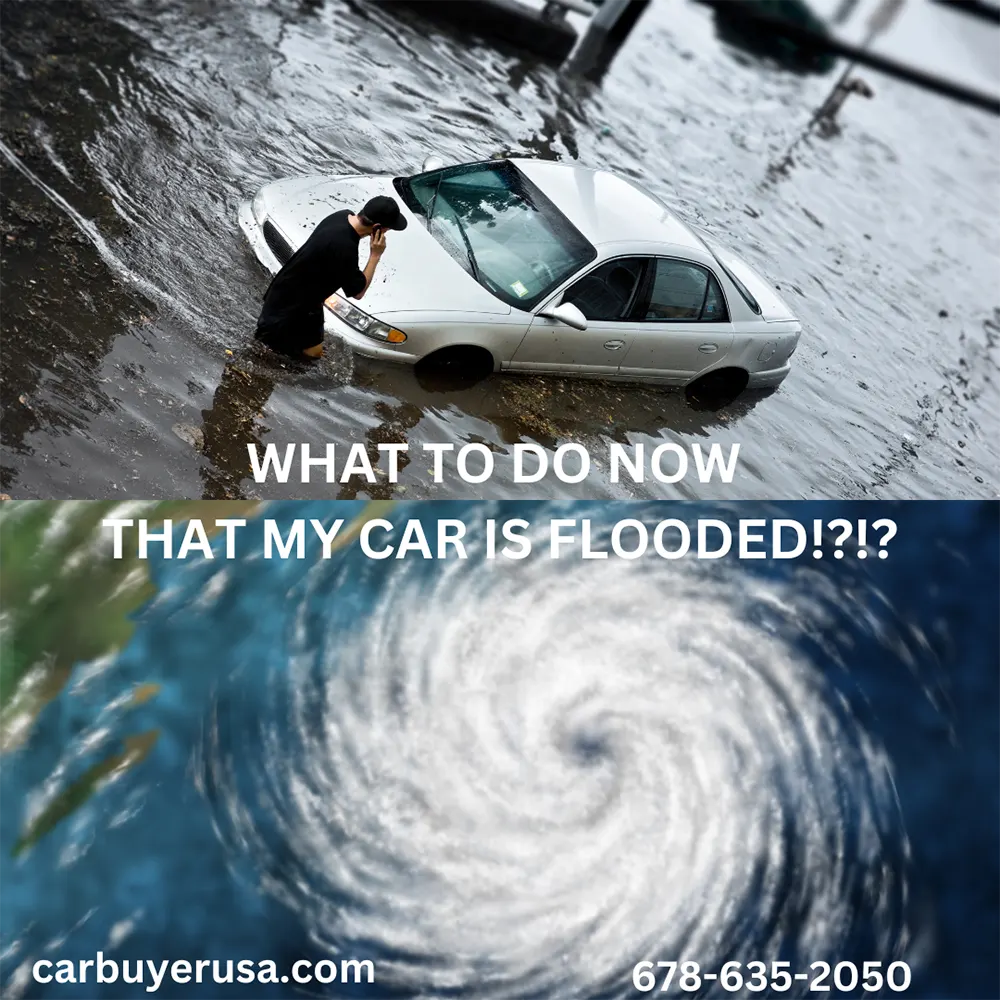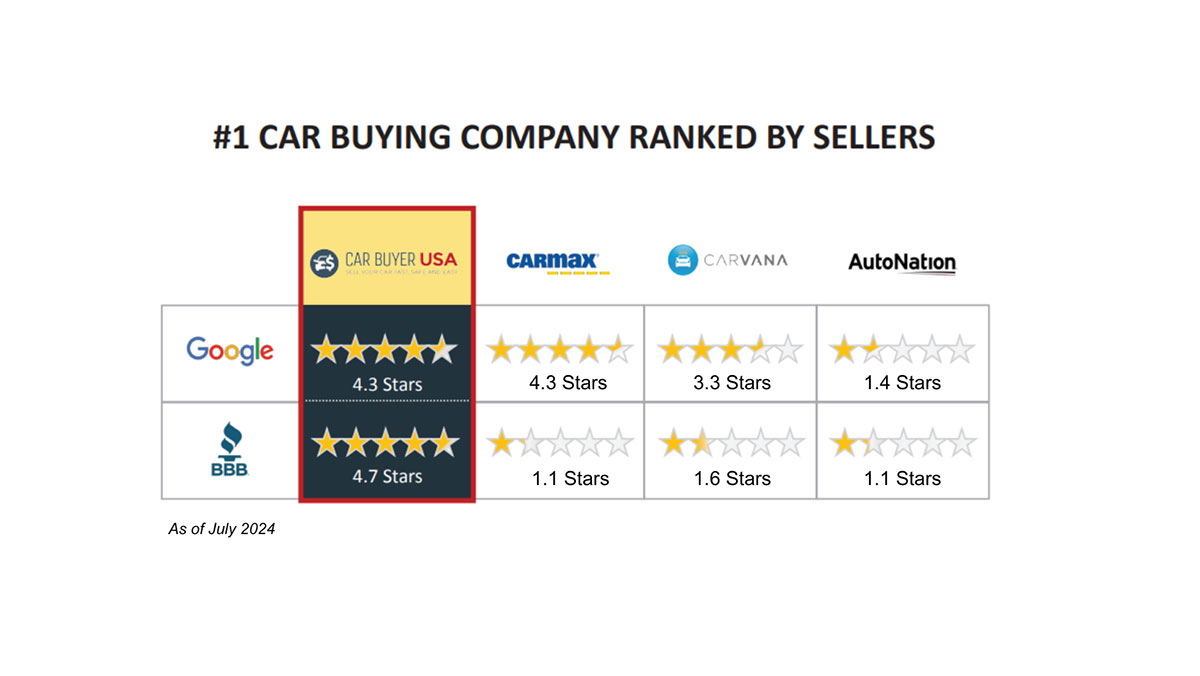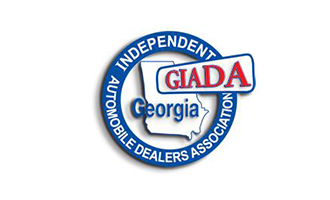
If you have a vehicle that's been in a flood there's a couple of things you need to do really fast…
- Pray that the vehicle insurance policy is in force and that you have flood coverage (comprehensive)
- Determine if the water inside your vehicle is fresh or saltwater
Saltwater flood losses are incredibly destructive. There are specific measures for trying to recover a vehicle that has been flood damaged. But in the case of saltwater insurance companies pretty much are forced to total the vehicle if the level of water breached the interior (over the rocker panels). When saltwater touches metal wiring and electronic components they are pretty much guaranteed to be destroyed. Automobiles were typically designed to withstand moisture overtime but not submersion especially in a corrosive substance. The average vehicle built can contain up to several miles of wire electric vehicles have even more. Salt water is the enemy to copper wiring in order to destroy the vehicle. Cleaning up a saltwater flood damaged vehicle Is a risk and there is a high probability of failure because of the corrosive effects of salt. That said there are specific procedures that can be performed to save the engine and transmission (drive axle) which will increase the value of what's left of the vehicle. This process is called “pickling” where all the fluids are drained, the engine is flushed and contaminated oil is replaced with fresh oil. Here's a quick list of do’s and don'ts with flood damaged vehicles:
- Get the vehicle moved to a safe location
- Do not try to start the vehicle – EVER!
- Disconnect the battery
- Open the doors and trunk removing excess water
- Rinse everything you can with fresh water and remove excess
- Check engine oil (look for water on dipstick)
- Remove Spark Plugs
- Spray WD40 or penetrating oil into all cylinders
- Reconnect battery (good one)
- Crank Engine (15-20 secs. this will force out any water inside the cylinders without risking damage)
- Spray more all in all cylinders
The primary goal is to get any order out of the engine and driveline components as quickly as possible to avoid corrosion. Once this is done it's probably in your best interest to get the car Looked at by a service professional. Drying the car out and cleaning it will prevent the rapid development of mold. Mold is a killer and almost impossible to clean out of a vehicle's interior once it starts to grow so this is a huge win if you can thwart mold development.
Insurance companies are forced to liquidate flood losses at auctions. Each state has very stringent requirements for title branding and announcements upon sale based on whether the flood was salt or freshwater and how extensive the damage was to the vehicle. Selling a flood car privately is a terrible idea. Think about it, you're going to be transacting with somebody at a very close range selling them a vehicle that will probably fail in the near future. Not ideal circumstances for a high dollar transaction there are many companies that will buy a flood damaged vehicle as is, we are one of those companies but please understand flood damaged vehicles usually fetch 15 to 20% of the fair market value for a vehicle in normal operating condition. The good news is if you have comprehensive insurance coverage you will most likely get a total loss settlement which is close to replacement value.
For more information or an offer to purchase and transport your vehicle, please click here or call (678) 635-2050.


